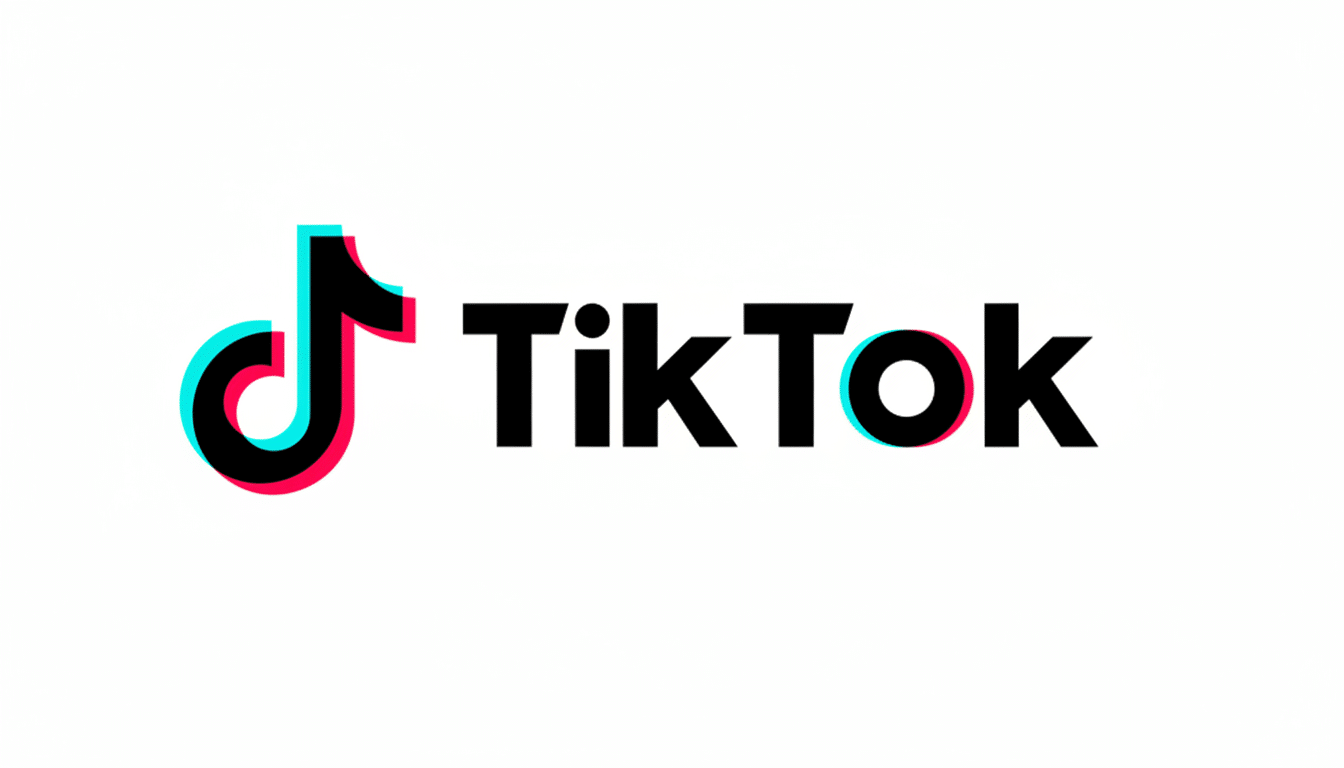Two food makers were removed from London’s Borough Market after recording a review without permission, shining a light on longstanding policy that guides professional content production at any one of the capital’s buzziest gourmet hotspots.
The first incident, reported by The Times, unfolded with Gerry del Guercio and Paul Delany, the two-man operation Bite Twice that does short-form food reviews for TikTok and Instagram. Their ordeal has sparked a broader conversation about the intersection of creator culture and privately owned public spaces.

Why Permits Are Necessary at Borough Market
And Borough Market’s filming guidelines have been in place for years: Anyone shooting or photographing professionally has to apply via an online form, then wait for written permission. The market also limits shooting during certain periods, disallowing filming from 11 a.m. to 2:30 p.m. on weekdays, and anytime on weekends. The goal is to keep aisles flowing, protect traders’ ability to serve customers and regulate safety in a crowded space.
The policy is not an anti-influencer position, says a market spokesperson. It also partners often with chefs, well-known food writers and makers, and regrams what will serve traders and visitors. Security teams, however, are directed to monitor for permissions and intervene if filming is causing a bottleneck or violates the rules.
Inside the viral clip from the Borough Market incident
In a new video shared by Bite Twice (which appears to have been shot before it was published) the twosome first reviewed a dessert from Humble Crumble, a maker with major followings on TikTok. They took their reactions down on their phones and security staff came over to escort them out. Producers told them “no filming,” the creators said, and ultimately admitted having come across rules online that they didn’t know existed at the time.
It’s a scene repeated at high-footfall locations around the UK. Even bare-bones kit — nothing more than a smartphone and microphone — has been known to ignite crowded conditions the second a creator starts rolling. For traders with small operations and little counter space, an unexpected audience can snarl queues and make it hard for the trader or customers to get in or out of neighboring stalls.

Policies Are Broadening Beyond Just One Market
Venues are codifying content standards as short-form video becomes the default discovery mechanism for food and travel. The National Trust, for example, makes it mandatory for any influencer generating paid or gifted content to be pre-booked through its Filming and Locations Office. Major transport hubs and shopping centers are run on similar permits, a standard in privately managed spaces where, as owners, those organizations bear legal obligations related to safety, visitor experience and commercial rights.
Industry guidance echoes this trend. As the British Film Commission points out, location owners may impose conditions on filming of private property, and the Advertising Standards Authority has guidelines for clear labeling of ads and gifted content — policies that mesh nicely with venues’ demand for accountability and a heads-up.
Balancing visibility and visitor flow at busy markets
Borough Market takes a pragmatic position: content helps traders, but unmanaged shoots can interfere with service or overload narrow walkways. The blackout during lunchtime and at weekends mirrors peak footfall. A permit also allows market officials to coordinate with traders, to propose quieter slots, and to make sure no creators are jamming pinch points or filming people who would rather not be filmed.
For stallholders, there is a trade-off. A viral video can sell out a product by mid-morning, but it can also stress stock, staff and neighboring businesses. To visitors of the market, this comes across best when reviews and reels don’t interrupt the simple act of purchasing lunch.
What Creators Should Do Before Hitting Record
- Consider and request permission in advance, and search any venue policies before creating content you intend to use for professional purposes.
- Avoid peak times and weekends; Borough Market puts a clear prohibition on filming during its most crowded periods.
- Keep things as light and inconspicuous as possible; even small shoots can cause a crowd in cramped quarters.
- Ask stallholders for verbal consent and be courteous of lines of sight and traversable paths where there are other traders.
- Bring proof of approval and be ready to stop or move if asked by security.
The takeaway: permits balance content creation and safety
The Bite Twice episode is less of a crackdown than it is a reminder: markets like Borough are curated, privately run places obliged to visitors and traders. Permits are not there to repress coverage; they’re put in place so that experience can remain pleasant for the thousands who are walking those aisles at any given moment — while still allowing creators space in which to tell the food stories people want to see.

